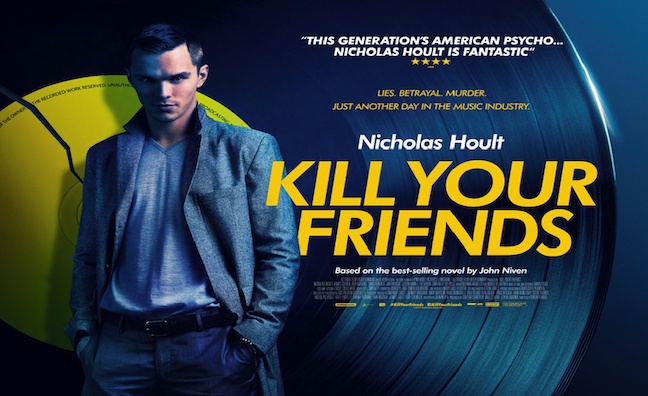If you’re looking for the result of the big fight between Gut Instinct and Data, here it is: Data won by a technical knockout. And there ain’t gonna be no rematch.
Legend has it that, during one corporate record company takeover back in the day, the new boss had the A&R process explained to him along the lines of: “We sign 20 acts and hopefully three or four of them become hits”. His response: “Why don’t you just sign the hits?”
They laughed then, but modern A&R is inching ever closer to being able to do just that, at least in the singles business. The rise of data analysis and AI – as highlighted at the recent Music Week Tech Summit – means that the talent spotting game can move from signing an act you believe in and trying to convince the public to buy it, to being able to find out what the public wants and then locating something to fit the mould.
Of course, the Kill Your Friends A&R era is long over and few will mourn the loss of ruthless Steven Stelfox types (as portrayed by Nicholas Hoult in the movie, pictured). And of course, only a madman would completely ignore the wealth of data that labels have at their disposal nowadays, while artists' ability to generate consumption and a fanbase before signing a deal has helped mitigate the risks on both sides. But, while the data-driven approach might yield global hit records, can it spawn era-defining artists? Can it even deliver truly meaningful albums, a process that seemingly remains much more complicated than generating one-off bangers? After all, many of the most important acts in history would probably never even have made a debut album if they were subject to today’s tyranny of the skip rate across their first couple of singles.
The magic of music has always been in its ability to surprise, shock and shake up the status quo. But in plain sight, TV talent shows reduced the development process to less of a journey of artistic discovery, and more of an exercise in market research. Now, streaming services effectively allow almost anyone to do the same, such is the wealth of behavioural data they generate.
So, in a world where no one actually needs to take a big risk ever again, shout out to the A&R departments that still have the courage of their convictions, with or without the stats to back them up. After all, there may be a science to A&R these days, but there still needs to be an art to it as well...











